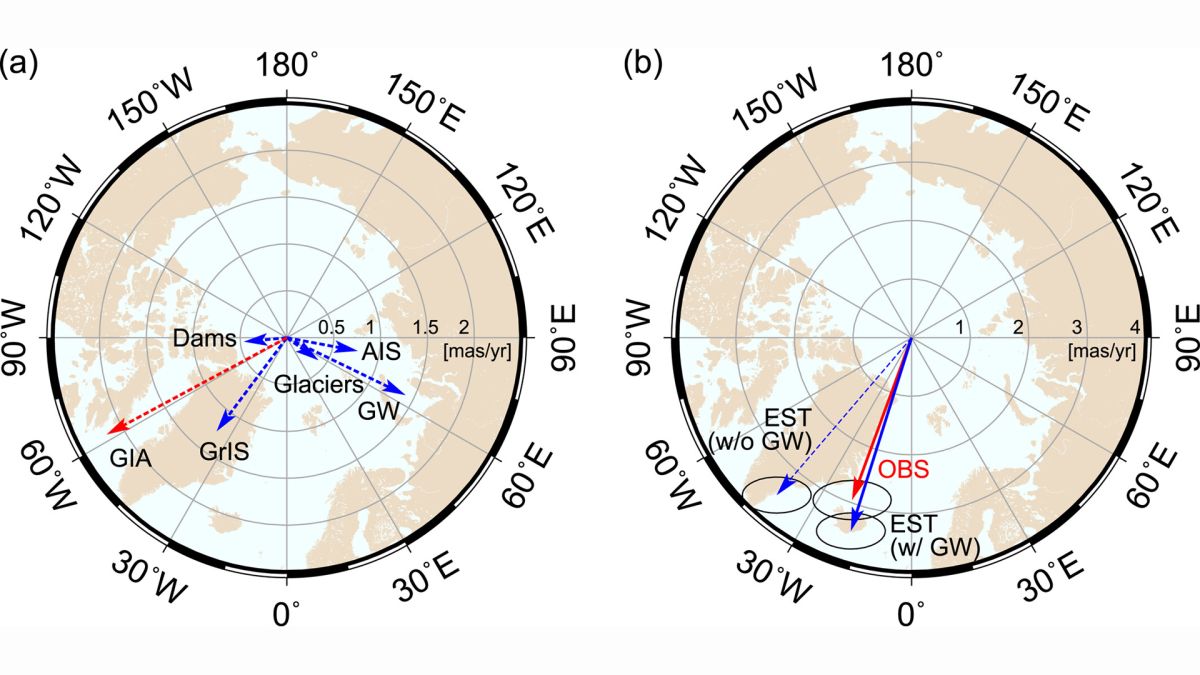A long-slumbering “supervolcano” in Italy is getting closer to a potential eruption for the first time since 1538, a new study warns — and the consequences could be catastrophic. The Campi Flegrei volcano, near Naples in southern Italy, has a crust that is becoming weaker and more prone to rupturing, “making an eruption more likely”, scientists behind a new study have said. More than 1.5 million people live above the vast underground volcano complex, and half a million people have their homes inside its 7-mile-long (11 kilometers) caldera, which was…
Read MoreMonth: June 2023
Quantum computers could overtake classical ones within 2 years, IBM ‘benchmark’ experiment shows
Quantum computers could beat classical ones at answering practical questions within two years, a new experiment from IBM computers shows. The demonstration hints that true quantum supremacy, in which quantum computers overtake classical digital ones, could be here surprisingly soon. “These machines are coming,” Sabrina Maniscalco, CEO of Helsinki-based quantum-computing startup Algorithmiq, told Nature News. In the new study, described Wednesday (June 14) in the journal Nature, scientists used IBM’s quantum computer, known as Eagle, to simulate the magnetic properties of a real material faster than a classical computer could.…
Read MoreThe moon, Venus, Mars and bright stars shine in a summer celestial gathering this week. Here’s how to see it.
Last month, we called attention to a celestial assembly involving the moon, two bright stars and two bright planets adorning our western evening sky. Now, another, similar gathering will take place this week; an array that will change night to night as we transition from the spring into the summer season with the summer solstice on June 21. Here’s a look at the how the stars of Gemini will shine with the moon, Mars and Venus as summer begins. Related: The brightest planets in June’s night sky (guide) Monday, June…
Read MoreDisney’s new Tron Lightcycle Run ride immerses fans in high-speed sci-fi action
Walt Disney World’s new Tron Lightcycle Run roller coaster immediately separates itself from the vacation destination’s other thrill rides with a pulse-pounding launch that propels users, er, guests nearly 60 miles per hour. But we’re getting ahead of ourselves, literally, as the ambitious attraction makes quite an impression long before you board your lightcycle and white-knuckle your way through the grid. The coaster, a clone of Shanghai Disneyland’s Tron Lightcycle Power Run, first grabs your attention from afar. Located near Space Mountain in the Magic Kingdom’s Tomorrowland area, it features…
Read MoreHumans are pumping out so much groundwater that it’s changing Earth’s tilt
Earth’s tilt has changed by 31.5 inches (80 centimeters) between 1993 and 2010 because of the amount of groundwater humans have pumped from the planet’s interior. In that period, humans removed 2,150 gigatons of water from natural reservoirs in the planet’s crust. If such an amount was poured into the global ocean, its surface would rise by 0.24 inches (6 millimeters). A new study has now revealed that displacing such an enormous amount of water has had an effect on the axis around which the planet spins. Scientists arrived at…
Read MoreChina launches national-record 41 satellites on single rocket (video)
China just broke its own national record for satellites launched by a single rocket. A Long March 2D rocket lifted off from Taiyuan Satellite Launch Center in north China Thursday (June 15) at 1:30 a.m. EDT (0530 GMT, or 13:30 local time). Insulation tiles fell away from the rocket as it rose into blue skies above the hills surrounding Taiyuan, and shock diamonds were visible in its purple exhaust plume. A total of 41 small satellites were released into orbit. These were the Jilin-1 GF06A0 satellites 1-30, Jilin-1GF03D 19-26, HEGS-1…
Read MoreEl Niño is officially here, scientists say
After months of anticipation, the ocean-warming event known as El Niño is officially here and could last until 2024, scientists at the National Oceanic and Atmospheric Administration (NOAA) announced this month. El Niño events usually occur every two to seven years and are characterized by warmer-than-average sea surface temperatures around the equator in the central and eastern Pacific Ocean. But these events can be felt globally. “Depending on its strength, El Niño can cause a range of impacts, such as increasing the risk of heavy rainfall and droughts in certain…
Read MoreAlien green flash: Lightning crackles in vortex near Jupiter’s north pole (photo)
NASA’s Juno spacecraft captured this view of a lightning strike in the clouds near Jupiter’s north pole on Dec. 30, 2020. (Image credit: Image data: NASA/JPL-Caltech/SwRI/MSSS. Image processing by Kevin M. Gill © CC BY ) NASA’s Juno probe keeps giving us great looks at Jupiter’s wild weather. Juno has been looping around Jupiter on a highly elliptical path since July 2016, making detailed observations of the gas giant during close passes over its poles. During its 31st such flyby, on Dec. 31, 2020, Juno captured a great shot of…
Read MoreViral YouTube video explains NASA’s search for alien life
A new viral video details the efforts that NASA is making to find out whether we are alone in the universe? In the video, which at the time of writing has been viewed almost 1.8 million times, NASA astrobiologist at the Goddard Space Flight Center Heather Graham explained what actions the space agency is taking to hunt for the signs of alien life. The video is hosted by Australian YouTuber AstroKobi, also known as Kobi Brown, who explains in the video that the NASA astrobiology program is currently working to…
Read MoreNASA Awards Institutional, Maintenance, Operations, and Repair Contract
NASA Awards Institutional, Maintenance, Operations, and Repair Contract
Read More


